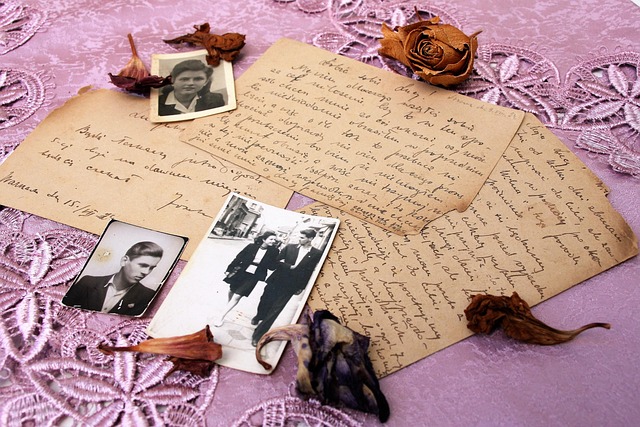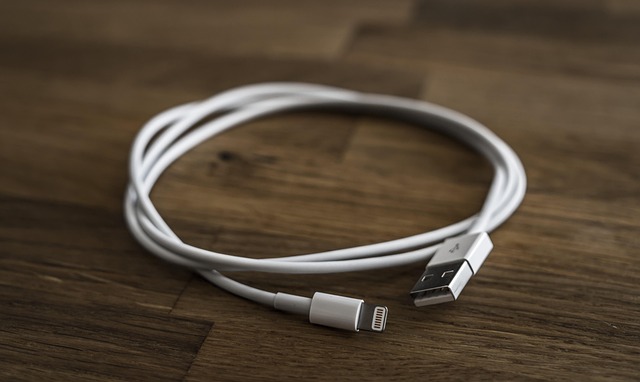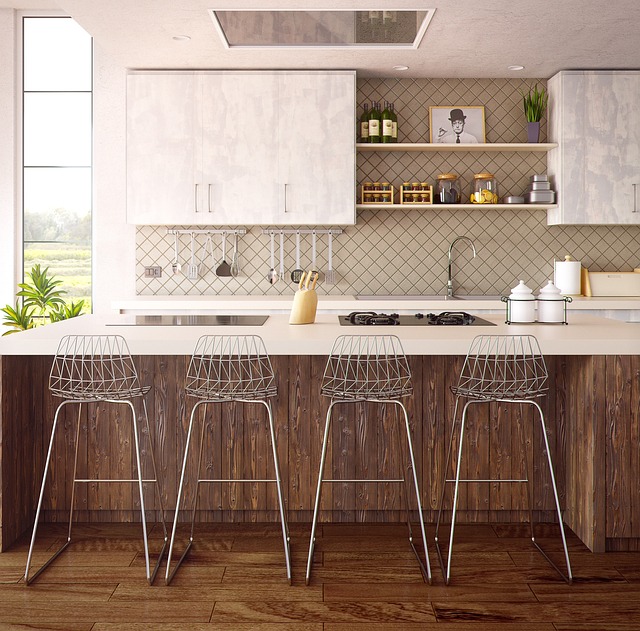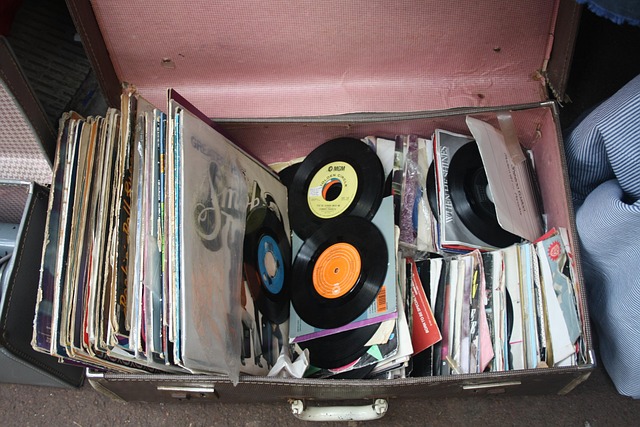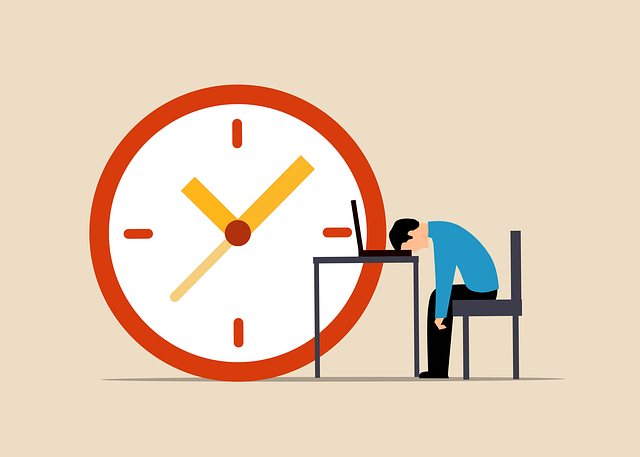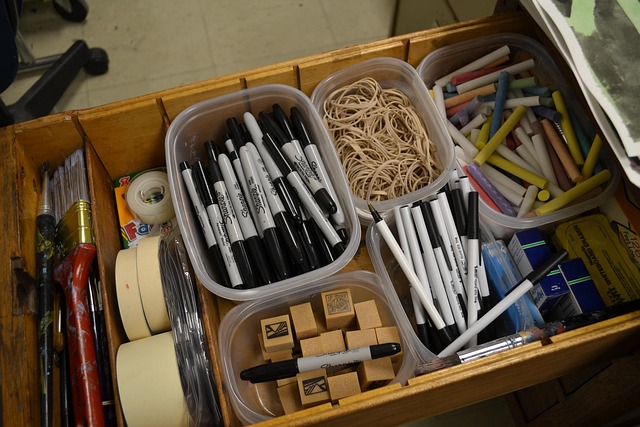
You cleaned out your junk drawer last year, patted yourself on the back, and then proceeded to do what you promised yourself you would never do: put more stuff in there. Well as a result, it’s time to take another look through that drawer and see what belongs in the trash or recycle bin. Do you have any of these contenders, by chance?
- Used batteries. Depending on what type, toss or recycle.
- Loose change. Put coins in a change purse or piggy bank.
- Keys that belong to locks unknown.
- Expired coupons.
- Chargers for devices you no longer own.
- Takeout menus.
- Dried up pens.
- Little pieces that broke off something that you were going to glue back on but now can’t remember what they belonged to.
- Rubber bands so old that they are brittle.
- Loose screws.
Recycle or throw out the items that are either no longer of use or no longer wanted. Since you already did the hard work last year, resetting your junk drawer should not take a lot of time. Just think, the next time you open that drawer it will be so easy to find and put away your items!
Photo: Pixabay

 Join My Email List
Join My Email List
